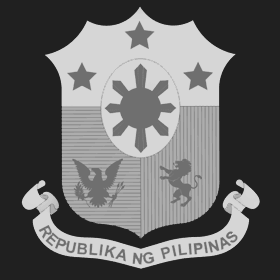
Farmers from seven local government units in Region VI found that Minus-one Element Technique (MOET), a nutrient diagnostic tool developed by the Department of Agriculture-Philippine Rice Rice Research Institute (DA-PhilRice), is easy to use during a recent Farmers’ Field Day.
MOET, which is used in determining the nutrient levels of rice soils, received good feedback from 130 rice growers that it is easy to apply and that they can sustain its cost-effective recommendations.
The setting up of MOET, introduced in PalaySikatan techno demo farms in Antique, Aklan, and Capiz is a project under the Rice Competitiveness Enhancement Fund (RCEF)-Seed Program. More than a hundred farms across Western and Central Visayas will be used as project sites.
Meanwhile, PalaySikatan in Roxas City, Capiz and Bugasong, Antique showcased PSB Rc 10, Rc 18, NSIC Rc 216, Rc 222, Rc 402, Rc 442, and Rc 506.

Farmers in these provinces observed NSIC Rc 506 as resistant against pests and disease, non-lodging, and has good grains. In Bugasong, Antique, a farmer-cooperator noted that NSIC Rc 506 was resilient during the onslaught of typhoon Odette.
Techno demo officers also observed that in the dry season, farmers practiced proper land preparation and water management, which were showcased in the site.
The local agriculture office of Roxas City, Calitan Cooperative, and Bolo Farmer Association were partners in these RCEF activities.
The RCEF-Seed Program is a component of Republic Act 11203 or Rice Tariffication Law, which allots P10 billion funds every year for the rice farmers from the rice tariff earnings of the country. The program is a six-year government initiative to help farmers compete in the international rice market. The local government units and lawmakers assist in its implementation.
DA-PhilRice leads the RCEF-Seed Program and is the government’s lead agency on rice research and development mandated to help ensure a rice-secure Philippines. [with reports from Girlie Carreon]




